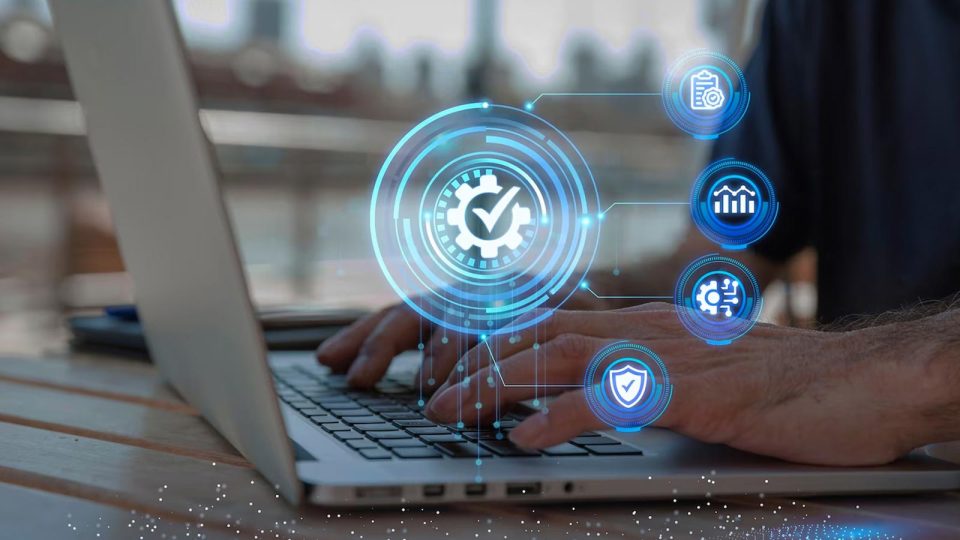Cyberattacks have significantly strained healthcare providers, with over 20% reporting encounters with prevalent threats like cloud compromise, ransomware, supply chain attacks, business email compromise (BEC), and phishing. According to SentinelOne’s report, the repercussions include delayed procedures, increased complications in care, and prolonged patient stays, resulting in an average cost of $4.4 million in 2022, including productivity losses totaling $1.1 million.
Life-critical services and patient care face jeopardy when threat actors target healthcare organizations. This article explores why hospitals and clinics are susceptible to cyberattacks, offering strategic insights for CISOs and technical leaders to fortify their cybersecurity defenses.
In healthcare, using technology for patient care brings more cybersecurity challenges. Understand the growing challenges of cybersecurity in healthcare with the help of the following statistics:
- In 2022, healthcare organizations worldwide encountered an average of 1,463 weekly cyberattacks, marking a 74% increase from 2021, as reported by Check Point Research.
- The United States led in compromised data breaches for the third consecutive year, with 344 breaches in 2022, according to the Identity Theft Resource Center (ITRC) 2022 Data Breach Report. In the first half of 2022 alone, 347 healthcare data breaches involving 500 or more records were reported to the Department of Health and Human Services’ Office for Civil Rights.
- Cloud breaches are on the rise, affecting 73% of healthcare companies storing data in the cloud, with 61% experiencing attacks via phishing, ransomware, or other malware in 2022, according to Netwirx Cloud Data Security Report.
- Cynerio’s State of Healthcare IoT Device Security 2022 report reveals that 53% of connected devices are susceptible to cybersecurity attacks. The most vulnerable are IV pumps (38% of a hospital’s IoT footprint) and VoIP systems (50%), primarily due to weak or insecure passwords.
Read more: Strategic Cybersecurity Predictions for 2024: A Guide for CIOs


